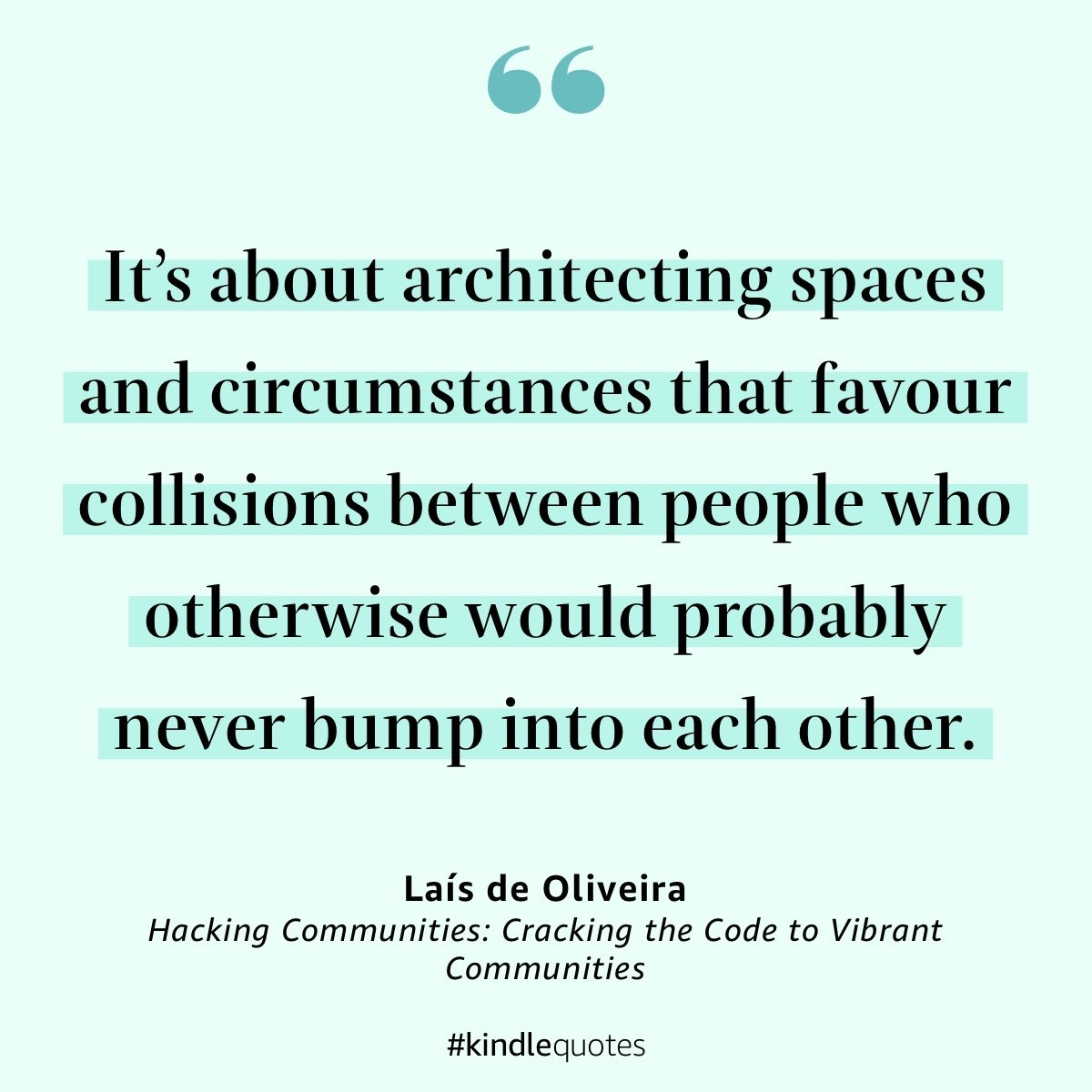The 5 Ps of Community
The 5 Ps of Community: a better Community Design framework
In the book's very first chapter, I contrasted Traditional Marketing and Community Building to differentiate better and define the latter. This simple idea evolved into the 5Ps: a simple Community Design framework that helps with teamwork and alignment.
Starting a community departs from identifying, first, its People and their Purpose. Once those are defined, it is crucial to establish the means of interaction between them: what are they committing to do (Participation), how often do they gather (Programming), and where do they stay in touch on an ongoing basis (Platform).
People (Who): Customer segments, main criteria for identity and belonging.
Purpose (Why): What they gather for or aim to achieve (individually or collectively).
Participation (How/What): Their commitment: what actions they agree to take to deliver value to each other. What defines a key contributor in the context of your community?
Programming (What/When): Gatherings, events, and activities that bring them together. How often, where do they meet, and what are they doing during this time?
Platform (Where): How do they stay in touch between gatherings? A platform should be an evergreen space where members can find each other (or resources) at any time needed, either virtual or physical space (a forum, library, or even cafeteria).
If you can't see the 5Ps clearly, it might mean that your members also need clarity. In starting from scratch, I advise always starting with Who and Why before moving into How and What. But in some cases, the What (Programming) helps define the Who - see chapter 15.
